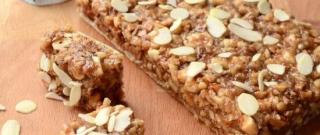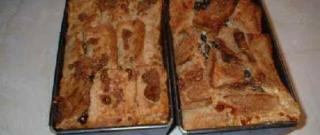Beef liver is not only a delicious dish but also the product rich in vitamins, microelements, and nutrients that are great for human health. Unfortunately, those, who have ever tried to cook liver, admit that the process is not as simple as it may seem. If you want to cook juicy and tasty beef liver devoid of any specific after-taste, it is a must for you to learn the basics of proper processing and cooking of the product. For a number of reasons, beef liver is thought to be nutritious.
- Rich in Nutrients: Iron, folate, vitamin B12, and vitamin A are just a few of the vital vitamins and minerals found in plenty in beef liver. Among the many body processes these nutrients assist are the production of red blood cells, the immune system, and eyesight.
- High Protein Content: It is a great supply of premium protein, which is essential for the growth, repair, and general upkeep of muscles.
- Low in Calories: Although being nutrient-dense, cow liver has a comparatively low calorie count, which allows it to be a nutrient-rich food that can be consumed without going overboard.
- Glutathione and other antioxidants found in liver aid in the body's natural detoxification processes.
- Boosts Energy: The large amounts of B vitamins—especially B12—in beef liver support the generation of more energy and reduce exhaustion.
The second factor to examine is the processing procedure, which is typically completed in several parts:
- washing the liver
- removing the membrane
- removing large bile ducts, which give the liver bitter taste
- additional washing
These steps are required not only to make the piece of liver you have selected for your dish clean and appealing but mainly to get rid of the unpleasant after-taste. That is why you should be very serious about these processes, paying special attention to each of them. Try to remove all the bile ducts and the membrane. Otherwise, the liver in your dish will be bitter and hard to chew.
Having done the tasks, put the liver into a deep bowl and pour milk into it so that it could cover the product. Leave for 1-2 minutes. Another option is to boil water, add salt, turn off the fire and plunge liver into it for 5 minutes. These measures of the liver processing process will make the product soft, juicy and devoid of bitterness. It will be much easier to cut it thin as well, so, do not overlook this step.
Finally, a few words about the cooking process. That’s very simple, indeed. To cook liver, you will need flour, onion, oil, and salt. Just cut the liver into small pieces, put them into flour and then replace the pieces onto the pre-heated frying pan with oil. Slice or chop the onion (this depends upon your likes) and add them to the liver. Fry for about 10-15 minutes until it becomes soft. It is not recommended to cook the liver for a longer time, because it may be too coarse and not tasty. May your effort be a success!






